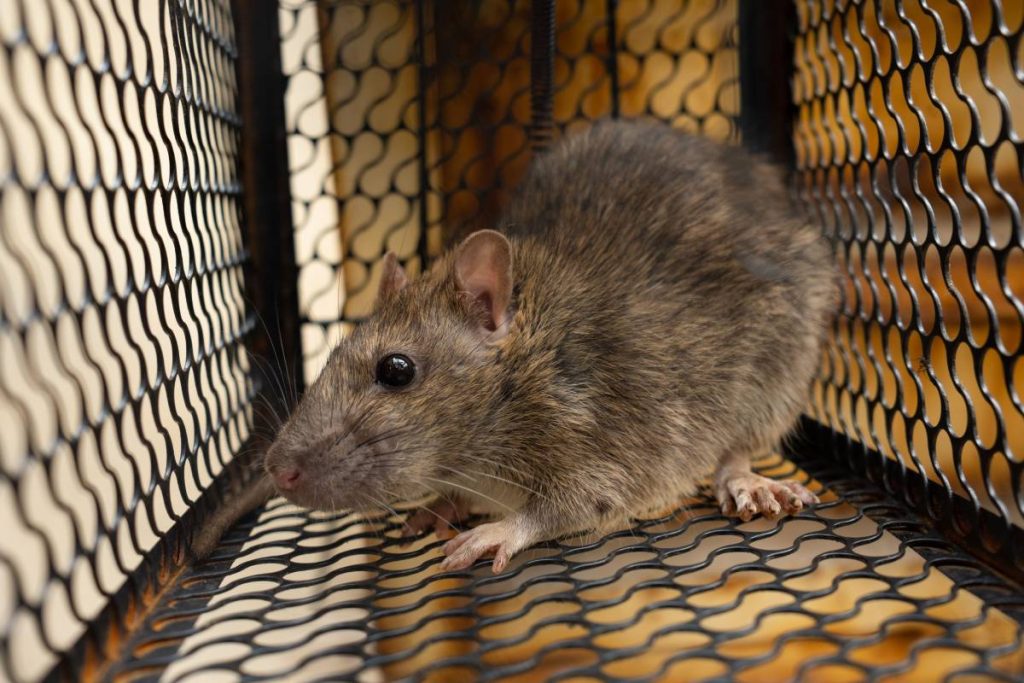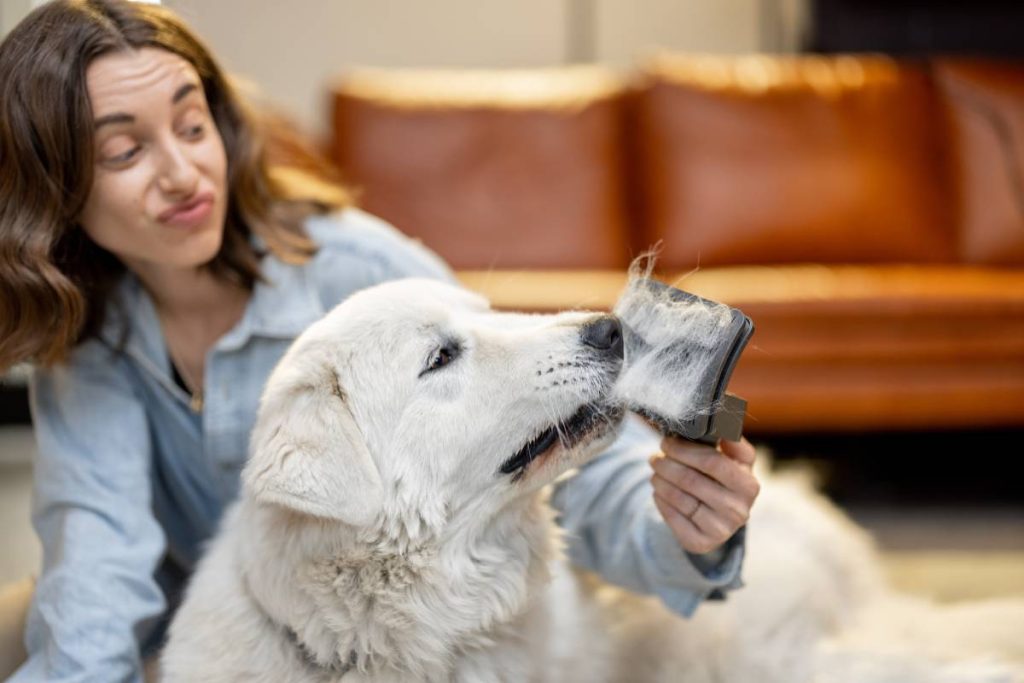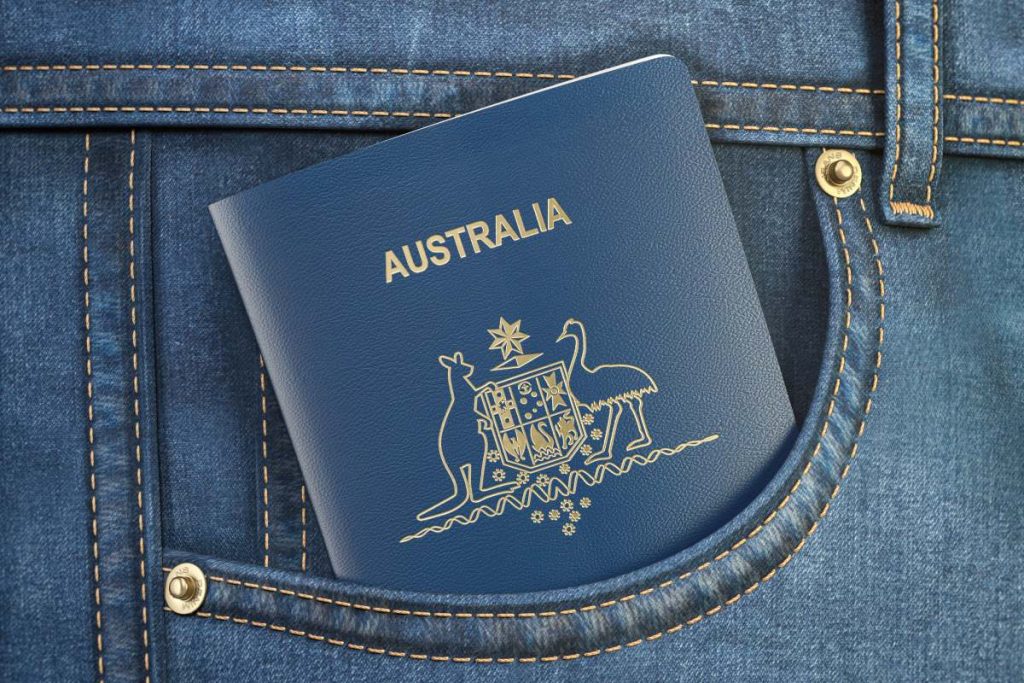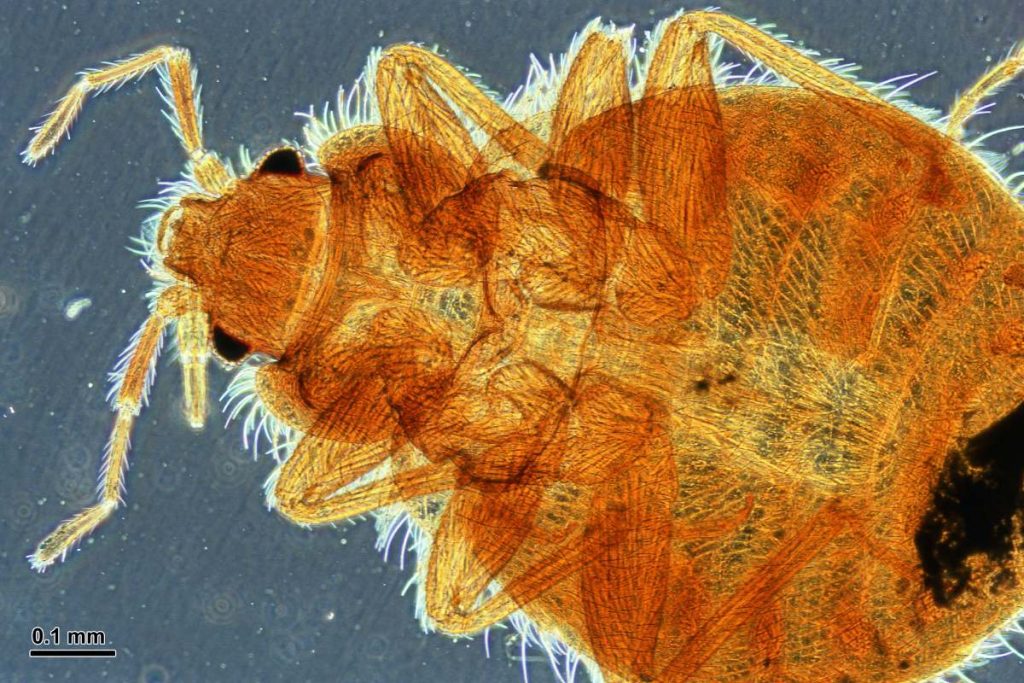How can we know when a dog will shed and when it happens?
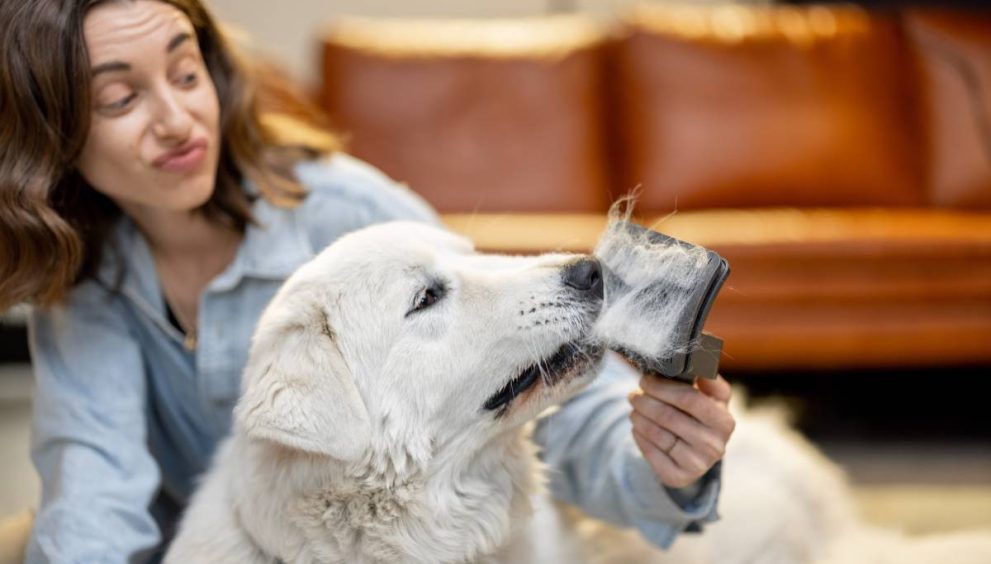
Seasonal shedding in dogs is a natural and common process that many dog owners encounter throughout the year. As the seasons change, dogs shed their old coats and grow new ones to better suit the temperature and environmental conditions.
While shedding is a normal part of a dog’s life, it can leave pet owners with an abundance of fur to clean up.
Understanding why dogs shed, how long the shedding period lasts, and what triggers it can help owners manage the process effectively.
In this article, we’ll explore the reasons behind seasonal shedding, how long it lasts, and what factors influence this important, though sometimes messy, part of a dog’s natural cycle.
What is Seasonal Shedding in Dogs?
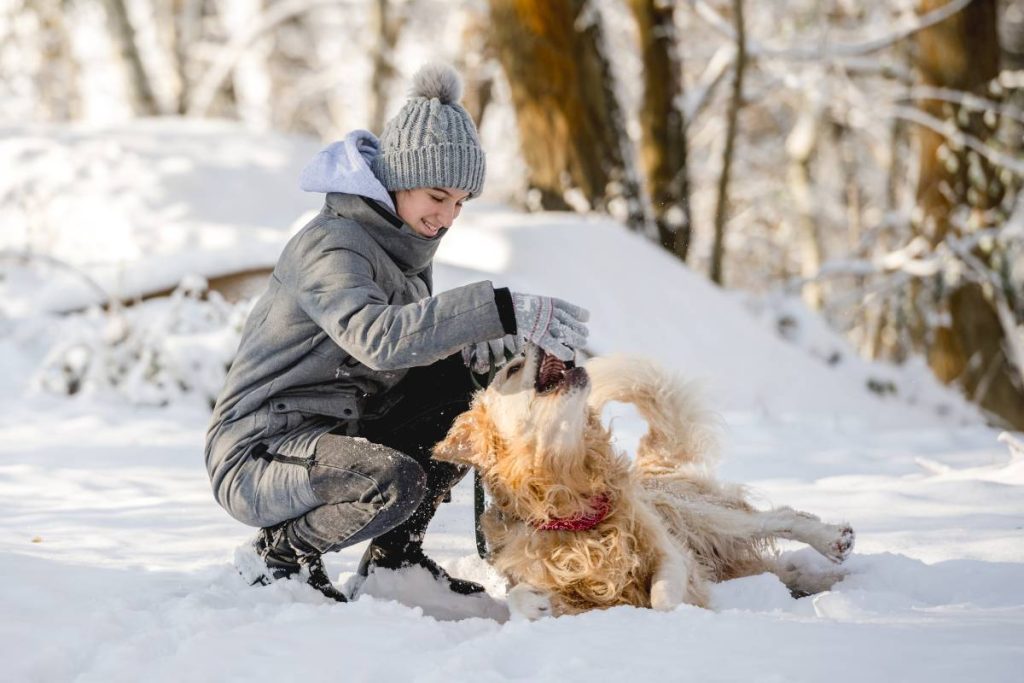
Seasonal shedding in dogs is a natural process where dogs shed their fur to adapt to temperature and light changes. Dogs, especially double-coated breeds like Huskies and Golden Retrievers, shed more intensely during seasonal changes.
This shedding involves the undercoat, which helps regulate their body temperature. As the seasons change, dogs shed their thick winter coat in spring and grow a denser coat for the colder months in fall.
Seasonal shedding typically occurs twice a year, with more noticeable shedding in spring and fall, depending on the dog’s environment.
Natural Process
Dogs shed their fur to adapt to changes in temperature and light, much like how humans adjust to seasonal weather changes. This shedding process allows dogs to maintain an appropriate body temperature throughout the year. As the weather warms or cools, their fur changes to help them stay comfortable in different climates.
Double-Coated Breeds
Breeds like Huskies, Golden Retrievers, and German Shepherds shed more intensely during seasonal transitions.
- Undercoat Shedding: The shedding involves the undercoat, which helps regulate the dog’s body temperature.
- Spring and Fall: In spring, dogs shed their thick winter coat to prepare for warmer weather, and in fall, they grow a denser coat to stay warm in the cold.
Frequency of Shedding
Seasonal shedding typically occurs twice a year, in spring and fall, as dogs adjust their coats to suit the changing temperatures. However, some dogs may shed more frequently based on factors such as their breed, the climate they live in, and their overall health.
Breeds with double coats, for example, may experience more intense shedding, while dogs living in temperate climates may shed more consistently throughout the year.
More Intense Shedding in Spring and Fall
Shedding is usually most noticeable during these seasons as dogs adjust their coats for the upcoming weather conditions. In spring, dogs shed their thick winter fur to prepare for warmer temperatures, while in fall, they grow a denser undercoat to help them stay warm during the cold months. This natural cycle helps dogs maintain a comfortable body temperature as the environmental conditions change.
How Long Does Seasonal Shedding Last in Dogs?
The duration of seasonal shedding varies by breed, age, environment, and health. Typically, it lasts 2 to 4 weeks, with some dogs shedding more intensively over 3 to 6 weeks.
Dogs in temperate climates usually shed in spring and fall shedding winter coats in spring and summer coats in fall. Dogs in warmer climates may not shed as much due to stable temperatures.
Breeds with double coats, like the Alaskan Malamute or Bernese Mountain Dog, experience more dramatic shedding.
These breeds shed their dense undercoat to adjust to seasonal changes. Short-haired or single-coated breeds, like Beagles and Boxers, shed less intensely and more consistently throughout the year.
What Triggers Seasonal Shedding?
Several factors can trigger seasonal shedding in dogs. These factors are primarily related to environmental changes, such as shifts in temperature, light, and daylight hours, which affect a dog’s internal biological processes. Let’s take a closer look at what triggers this natural shedding process:
- Temperature and Seasonal Changes:
Changes in temperature trigger shedding in dogs. In spring, rising temperatures cause dogs to shed their thick winter coats, while in fall, cooler weather prompts the growth of a denser undercoat for warmth. - Photoperiod (Daylight Hours):
The number of daylight hours influences shedding. Longer days in spring lead to shedding of winter coats, and shorter days in fall trigger the growth of a thicker coat for warmth, controlled by the dog’s circadian rhythm. - Hormonal Changes:
Hormonal fluctuations, especially melatonin, regulate shedding. Seasonal light changes affect melatonin production, which in turn influences hair growth and shedding to adapt to weather changes. - Breed-Specific Characteristics:
Some breeds, like Siberian Huskies and Akitas, shed more seasonally due to their double coats. Single-coated breeds like Beagles shed consistently year-round. Understanding your dog’s breed helps predict shedding patterns.
- Health and Diet Factors:
A balanced diet supports healthy shedding. Nutritional deficiencies or health problems, like allergies, can cause abnormal shedding. Excessive shedding outside of seasonal changes may indicate health issues that need a vet’s attention. - Environmental Factors
Environmental factors like air conditioning, heating, and allergens can affect shedding. Dogs in climate-controlled environments may shed less seasonally, while those exposed to allergens may shed more, especially if they have sensitivities or allergies.
Managing Seasonal Shedding in Dogs
Managing seasonal shedding in dogs involves regular grooming, such as frequent brushing and baths, to remove loose fur.
A balanced diet can help support a healthy coat, and keeping the environment clean can reduce shedding triggers. If shedding becomes severe or causes skin issues, consult a vet.
Seasonal shedding is a natural process triggered by environmental changes, and understanding these triggers can help manage shedding effectively.
- Regular Grooming: Frequent brushing, especially for breeds with thick undercoats, helps remove loose fur and prevents it from accumulating in your home. Regular baths can also help eliminate dead hair and dirt that contribute to shedding.
- Balanced Diet: Providing your dog with a diet rich in essential nutrients, like fatty acids, vitamins, and minerals, supports a healthy coat and reduces excessive shedding.
- Environmental Cleanliness: Keeping your dog’s living space clean and free from allergens like dust and pollen can minimize shedding triggers, especially for dogs with sensitivities. You can also consult cleaning professionals to help manage pet hair in your home.
- Consulting a Veterinarian: If shedding becomes particularly severe, or if you notice bald spots, irritated skin, or other unusual symptoms, consulting a vet can help rule out underlying health issues.
- Understanding Seasonal Triggers: Recognizing the environmental factors (temperature, light, etc.) that trigger shedding can help you better manage the process and ensure your dog’s comfort during shedding seasons.
conclusion
Seasonal shedding in dogs is a natural process that occurs when dogs adjust their fur to suit changes in the environment, particularly temperature and light levels.
Shedding typically happens in spring and fall. Dogs with double coats, such as Huskies and Golden Retrievers, tend to shed more, shedding their winter coat and growing a thicker one for the colder months or a lighter one for the warmer months.
The main triggers for seasonal shedding include temperature changes, daylight hours, hormonal fluctuations, and breed-specific characteristics. Managing shedding involves regular brushing and bathing, along with providing a balanced diet. If shedding becomes excessive or causes skin issues, it’s best to consult a veterinarian.

 English
English 
















